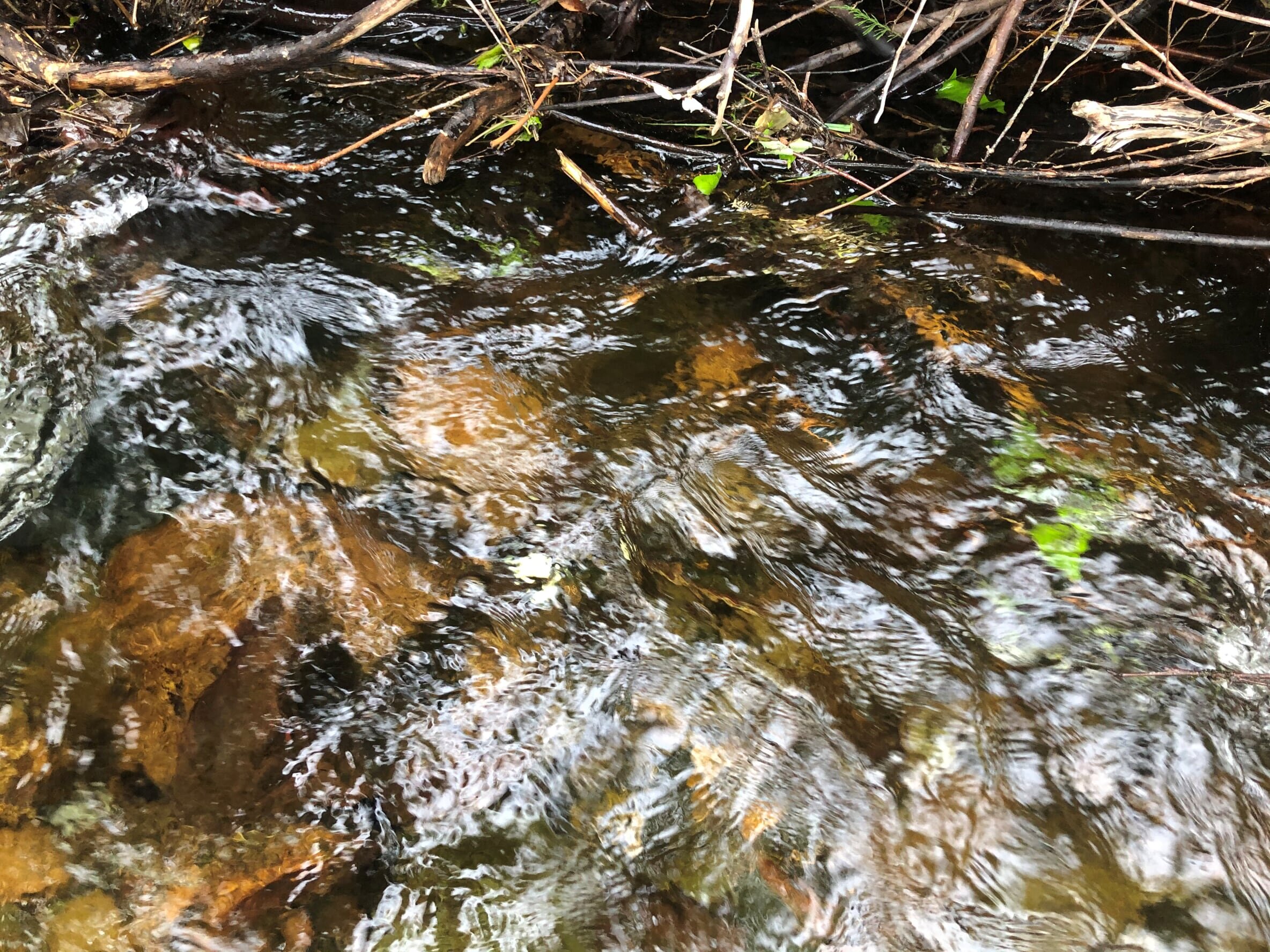
Whitefish
(Coregonus huntsman and
Coregonus clupeaformis)

While more distantly related to other salmon and trout, whitefish are a part of the salmon family. Nova Scotia has a two species of whitefish, Lake Whitefish and the endangered Atlantic Whitefish.
Atlantic Whitefish
(Coregonus huntsman)
The globally endangered Atlantic Whitefish are genetically distinct from the more common Lake Whitefish. The only known remaining of population Atlantic Whitefish in the world is confined to the Petite Rivière watershed in Lunenburg County. There was a population previously known to exist in the Tusket River watershed, but this local population has since died out. Although Atlantic Whitefish were known to be an anadromous species, that like salmon are born in freshwater and migrate to saltwater to feed before returning to freshwater to spawn, the only remnant population is entirely landlocked inhabiting the deeper cooler waters of Milipsigate, Minamkeak, and Hebb Lakes within the Petite Rivière watershed. Atlantic Whitefish are known to spawn in captivity during the winter months, it is not known when or exactly they spawn in the wild.
Atlantic Whitefish are listed as an endangered species in Canada under the Species at Risk Act (SARA). Since 1999 DFO has led the Atlantic Whitefish Conservation and Recovery Team, which is tasked with trying to prevent this species from going extinct. Our partner and affiliate, the Coastal Action Foundation, have been actively involved in this effort since 2003. In 2019, the Nova Scotia Salmon Association successfully partnered with the Coastal Action Foundation on a Canada Nature Fund grant to work on Atlantic Whitefish.
Lake Whitefish
(Coregonus clupeaformis)
Unlike Atlantic Whitefish, the Lake Whitefish is not an endangered species. Lake Whitefish are a freshwater species although they have occasionally been found in brackish water. They spawn in the fall, typically on shallow shoals within lakes. Juveniles emerge in the spring and after absorbing their egg sac begin to feed on plankton before eventually switching to feeding on invertebrates. As they grow, they typically move into deeper, cooler waters. Despite their name, Lake Whitefish do also live and feed in rivers as well as lakes. Research has shown that there are two distinct ecotypes of Lake Whitefish, a normal and a dwarf ecotype. “Normal” Lake Whitefish are more often benthic in nature (found near the bottom of lakes and rivers), whereas “Dwarf” Lake Whitefish are more pelagic (found in open waters not associated with the bottom or shore). “Normal” Lake Whitefish also tend to grow larger and live longer than their “Dwarf” counterparts.
